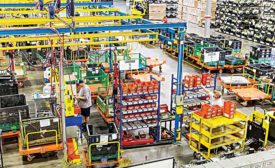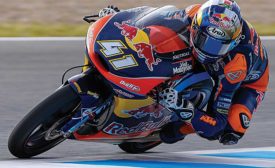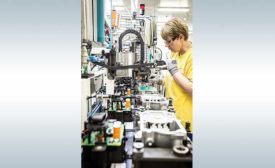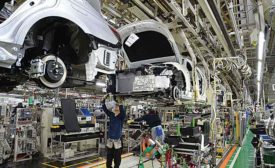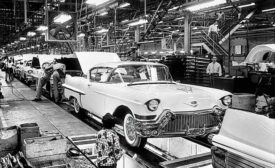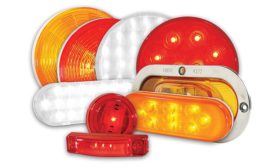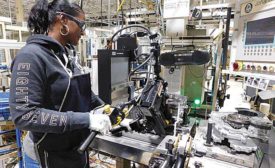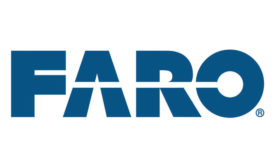Lean Manufacturing Assembly
Lean Layout Do’s and Don’ts
Flexibility and flow are critical to efficient assembly line design
May 2, 2019
Lean Culture Drives Continuous Improvement
Leadership engagement is key to changing employee behavior.
December 10, 2018
60 Years of ASSEMBLY
For six decades, ASSEMBLY has been the leading source of knowledge about tools and techniques for joining parts into finished products
October 5, 2018
2018 Assembly Plant of the Year: Ford Shifts Flexible Assembly Into High Gear
The Van Dyke transmission plant excels at high-volume, high-mix production.
October 2, 2018
Never miss the latest news and trends driving the manufacturing industry
Stay in the know on the latest assembly trends.
JOIN TODAY!Copyright ©2024. All Rights Reserved BNP Media.
Design, CMS, Hosting & Web Development :: ePublishing
